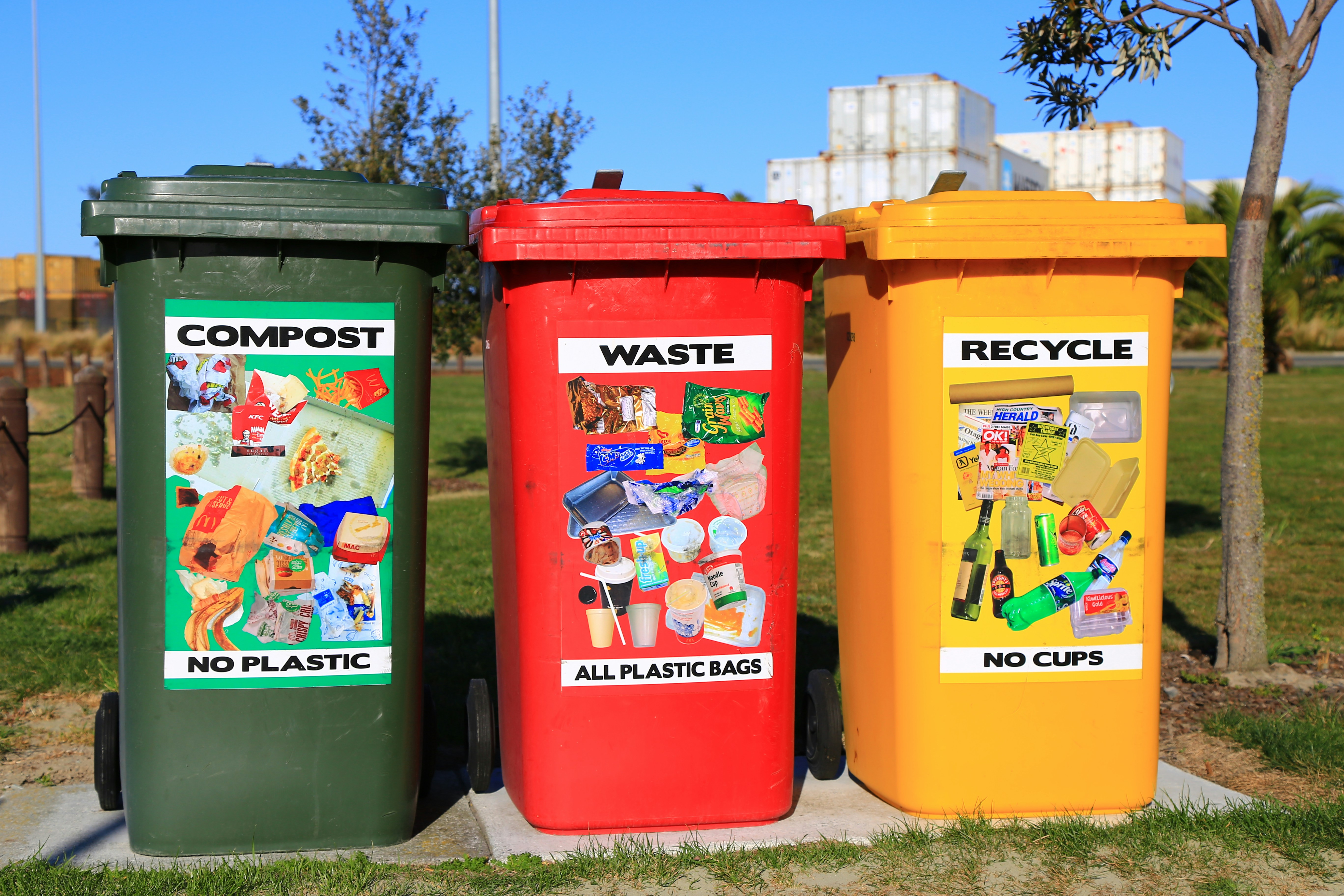
How Does an HDPE Shredder Enhance Plastic Recycling Processes?
How Does an HDPE Shredder Enhance Plastic Recycling Processes?
Introduction to HDPE Shredders
Plastic pollution is one of the most pressing environmental challenges we face today. As awareness grows, so does the urgency to find effective solutions for recycling plastic materials. Among these solutions, HDPE shredders stand out as a game-changer in enhancing plastic recycling processes. These robust machines are designed specifically for processing high-density polyethylene (HDPE), a widely used type of plastic found in various consumer products.
But what exactly makes an HDPE shredder essential in today’s recycling landscape? The answer lies not only in its mechanics but also in its potential to transform waste into valuable resources. Let’s dive deeper into how this innovative equipment plays a pivotal role in maximizing our efforts toward sustainable living and reducing landfill waste.
The Importance of Plastic Recycling
Plastic pollution is one of the most pressing environmental challenges we face today. It clogs our oceans, harms wildlife, and disrupts ecosystems. Recycling plastic is crucial for mitigating these impacts.
When plastics are recycled, they can be transformed into new products rather than ending up in landfills or waterways. This process conserves resources and reduces the demand for virgin materials.
Recycling also cuts down on greenhouse gas emissions associated with producing new plastic. By reusing existing materials, we lessen our carbon footprint.
Moreover, promoting a recycling culture fosters awareness about sustainability. It encourages communities to rethink their consumption habits and embrace eco-friendly practices.
As more people understand the significance of recycling plastics, it paves the way for innovative solutions and technologies designed to enhance this vital process.
What is HDPE and Why is it Important to Recycle?

HDPE stands for High-Density Polyethylene. It’s a versatile thermoplastic widely used in packaging, containers, and bottles. The material is known for its strength and resistance to impact, making it a popular choice across various industries.
Recycling hdpe shredder HDPE is crucial because it helps reduce plastic waste in landfills. When recycled properly, HDPE can be transformed into new products instead of ending up in the ocean or other natural habitats.
The recycling process conserves energy and raw materials. By reusing HDPE, we diminish the need for virgin plastic production, which can require significant amounts of fossil fuels.
Moreover, recycling this type of plastic has economic benefits. It creates jobs within the recycling sector while promoting sustainable practices that benefit communities and ecosystems alike.
How an HDPE Shredder Works
An HDPE shredder operates through a series of precise mechanical processes. At its core, the machine features rotating blades designed to cut and break down high-density polyethylene into smaller pieces.
As plastic waste enters the shredder, it is fed into a chamber where these sharp blades spin at high speeds. This action creates intense friction, effectively shredding the material.
The size of the shredded output can be adjusted based on specific needs. Operators can control blade settings to produce uniform particles suitable for further processing.
Once shredded, HDPE materials are easier to transport and recycle. They can move seamlessly through subsequent stages like washing or granulating, enhancing overall efficiency in recycling facilities.
This streamlined operation not only saves time but also increases productivity across various workflows within recycling plants. The result is a more effective approach to managing plastic waste while promoting environmental sustainability.
Advantages of Using an HDPE Shredder in Plastic Recycling

An HDPE shredder plays a crucial role in enhancing plastic recycling efficiency. It breaks down large plastic items into smaller, manageable pieces. This shredding process allows for easier handling and processing of hdpe shredder manufacturer materials.
Moreover, using an HDPE shredder increases the surface area of the plastic. A greater surface area leads to improved melting and mixing during subsequent recycling stages. The result? Higher quality recycled material that can be reused effectively.
Cost-effectiveness is another significant advantage. By minimizing waste volume and maximizing material recovery, facilities save on transportation and storage costs.
Additionally, these machines are designed for durability and high performance. They can handle various types of HDPE plastics without compromising speed or functionality.
The versatility of an HDPE shredder supports diverse applications across multiple industries, making it a key player in sustainable practices within the recycling sector.
Case Studies: Successful Implementation of HDPE Shredders in Recycling Facilities
Several recycling facilities have successfully integrated HDPE shredders into their operations, showcasing remarkable outcomes.
One notable case is a facility in California that processed post-consumer plastic waste. By incorporating an HDPE shredder, they increased throughput by 30%. This efficiency allowed them to manage larger volumes of material while maintaining quality standards.
In another instance, a European plant focused on reducing costs associated with waste management. The addition of an HDPE shredder not only streamlined their sorting process but also minimized labor needs. Workers could focus on higher-value tasks instead of manual sorting.
A third example comes from Australia, where an advanced HDPE shredder enabled the production of uniform flakes for easy transportation and resale. As a result, the facility experienced enhanced profitability and sustainability metrics within months of implementation.
These case studies illustrate how effective integration can significantly improve both operational efficiency and environmental impact in plastic recycling efforts.
Conclusion: The Future of Plastic Recycling with HDPE Shredders
The role of HDPE shredders in the recycling industry is becoming increasingly crucial as we navigate the challenges posed by plastic waste. Their ability to efficiently process high-density polyethylene not only streamlines recycling operations but also enhances material recovery rates. As technology advances, these machines are likely to become even more sophisticated, integrating features such as automation and real-time monitoring.
Recycling facilities that adopt HDPE shredders can expect significant improvements in productivity and cost-efficiency. This shift will pave the way for a circular economy where recycled materials are used repeatedly, reducing reliance on virgin plastics.
Looking ahead, community awareness about plastic waste and its environmental impact continues to grow. The need for effective recycling solutions like HDPE shredders aligns with global efforts toward sustainability. By investing in efficient machinery now, we set a foundation for lasting positive change.
As we explore innovative approaches to tackle plastic pollution, HDPE shredders stand out as essential tools that facilitate a cleaner planet while offering economic benefits within the recycling sector. Embracing these technologies could very well define the future landscape of plastic recycling.